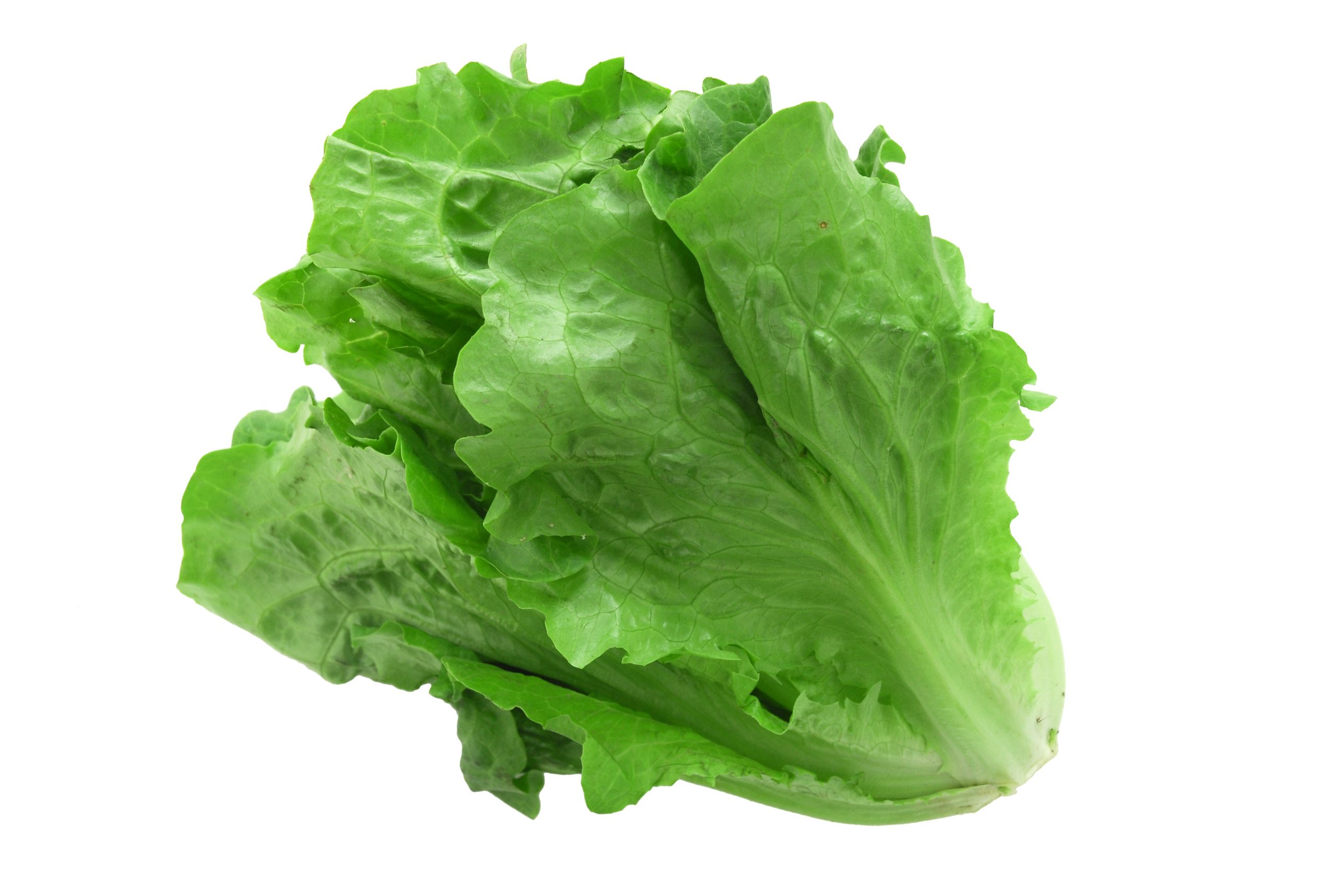Seasons/Availability
Green Leaf lettuce is available year-round.
Preparation and Uses
Green Leaf lettuce should be washed thoroughly prior to consumption. The leaves can be eaten raw in salads, sandwiches, wraps, tacos, or burgers. They are also a great addition to soups and stir-fries. It pairs well with pears, apples, strawberries, blueberries, walnuts, feta cheese, avocado slices, and other mild-flavored ingredients. Store the leaves loosely wrapped in a damp paper towel in the refrigerator for up to five days. Avoid storing them with other vegetables or fruits to prevent spoilage. When using, discard any wilted or yellowed leaves. It is important to note that when cooked, Green Leaf lettuce will wilt significantly.
Nutritional Value
Green Leaf lettuce is a good source of vitamins A and K, folate, iron, calcium, and dietary fiber. It also contains smaller amounts of vitamin C and magnesium. Additionally, it provides some plant-based protein.
Health Benefits
Benefits of Green Leaf Lettuce include improved cardiovascular health due to its high levels of potassium and folate; increased energy from the magnesium content; better digestion from the dietary fiber; reduced inflammation due to its Vitamin K content; improved bone health due to its calcium and Vitamin K content; and prevention of certain types of cancer due to its antioxidants. Green Leaf lettuce also provides some protection against environmental toxins.
Overall, Green Leaf lettuce is a low calorie, nutrient-dense food that is easy to add into any meal for a boost of flavor, texture and nutrition! Enjoy this salad green in its many forms for a flavorful and healthy meal.




